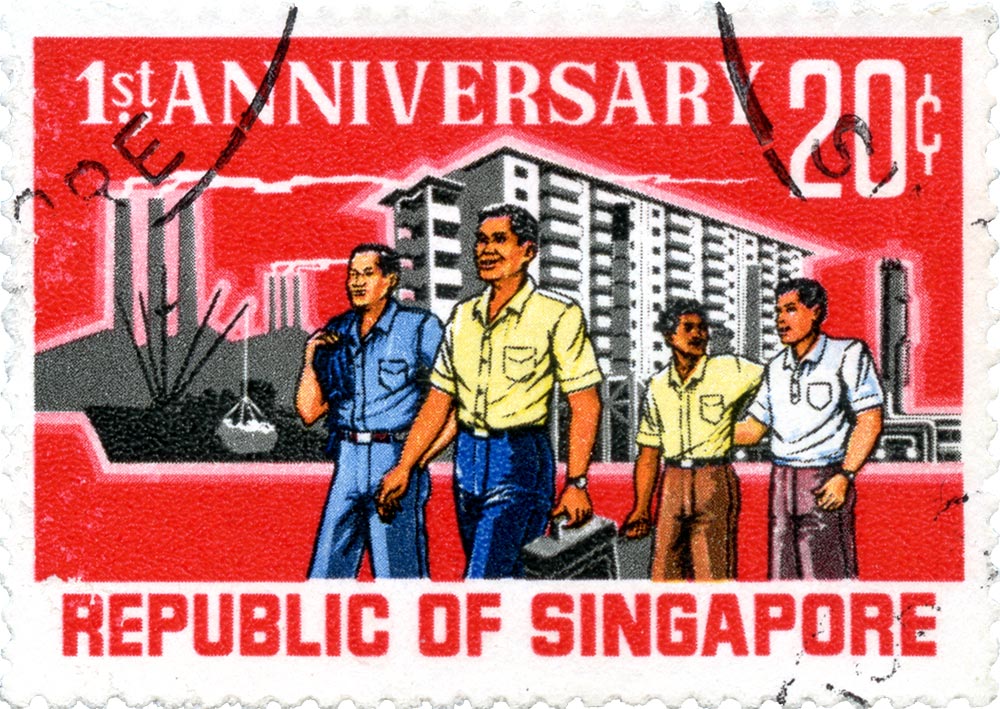
About Singapore
The Republic of Singapore is a city-state on an island that today has more than 5.5 million inhabitants. Since independence in 1965, Singapore’s policy has been dominated by the People’s Action Party (PAP), which rules with a strict hand. The population density is approximately 7,800 inhabitants per square kilometre. Today, Singapore is one of the richest countries in the world with one of the highest costs of living. As the area on the island is limited, this results in economic, ecological, social, and cultural challenges.
Singapore’s history dates back to the 3rd century, when it served as a trading post between neighbouring regions. Sir Stamford Raffles established the first British settlement on the island off Malaysia in 1819 as a colonial centre for the British East India Company. In 1867, the British Crown took over Singapore as part of the Straits Settlements, which included Malacca and Penang. During the Second World War Japan occupied the city, which became British again after 1945.
In 1959, Singapore became a self-governing crown colony, which after the elections was led by the People’s Action Party (PAP) under Lee Kuan Yew as the first prime minister. After a referendum in 1962, in the following year a federation was formed with Malaysia, Sabah, and Sarawak, which formally became independent of the colonial power. Two years later, Singapore was expelled from the federation; the city-state has been independent ever since. It is considered to be a multiracial, multicultural society with four main ethnic groups: Chinese (the largest ethnic group), Malay, Indian, and Eurasian. The PAP under Lee Kuan Yew, who remained in power until 1990, launched a modernization campaign that raised the standard of living within a generation from a developing country to an industrialized country.
The Housing Development Board, founded in early 1960, was tasked with providing the many slum dwellers with a modern and affordable home. Due to the limited urban area, dense high-rise housing estates were built, which are occupied according to a key based on ethnicity. Since the 1990s, existing quarters have been renovated or replaced. This raises questions about the preservation of iconic buildings and the memorable value of architecture.
Buildings with programmatic approaches such as the Golden Mile Complex, People’s Park Complex, or Pearl Bank Building are threatened with demolition today. Key architects such as Lim Chong Keat, William Lim, and Tay Kheng Soon are hardly known to the public. The challenge of how a sustainable megacity in the tropics can look today also includes the question of how to deal with its architectural heritage from the times when architecture stood as a promise for the future.
SEAM Space Singapore: Housing Modernities
Housing modernities was curated by Puay Peng Ho with Jiat Hwee Chang, Eunice Seng, Weng Hin Ho, and Johannes Widodo.
Information on the programme in Singapore can be found here.
